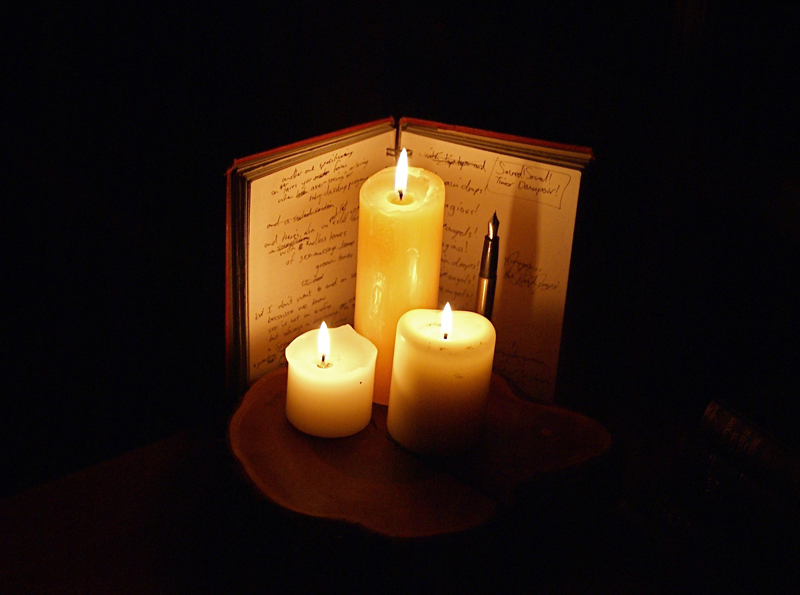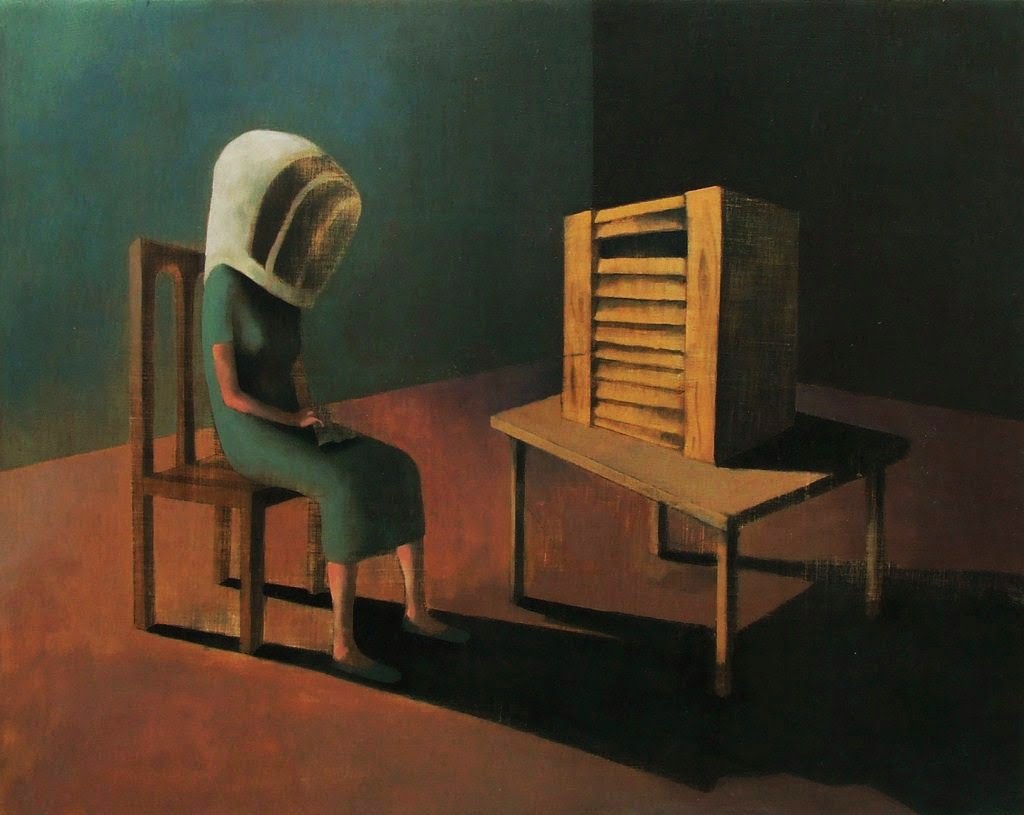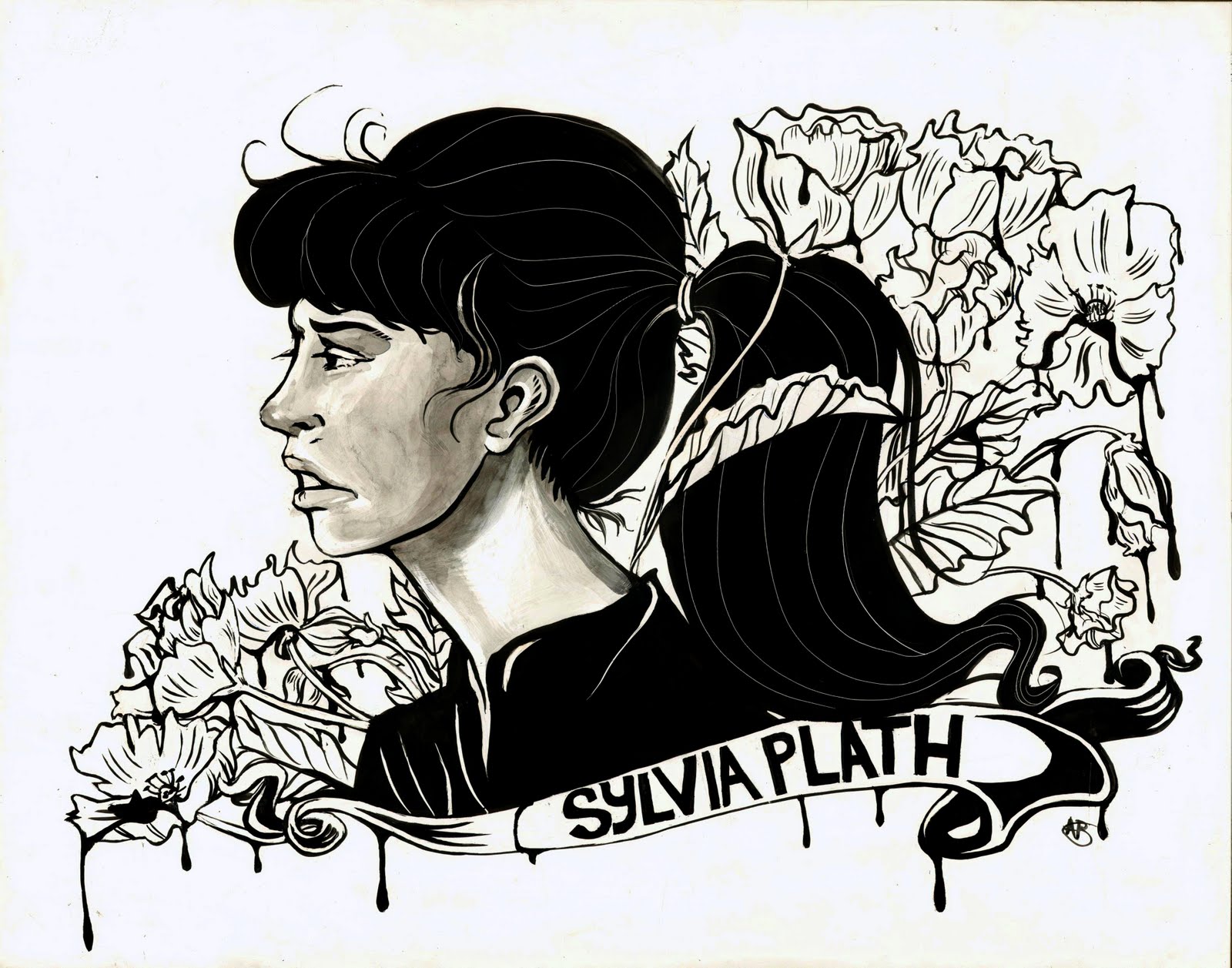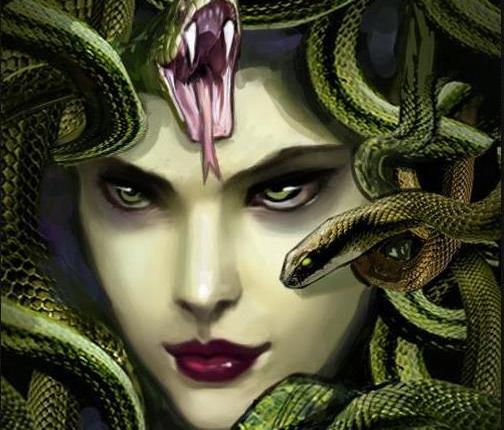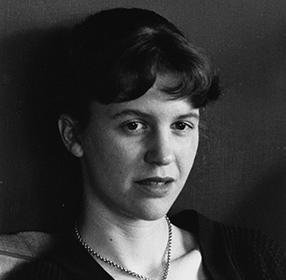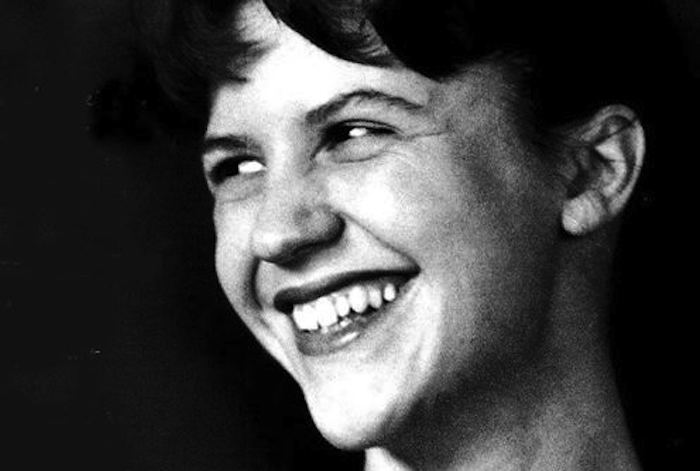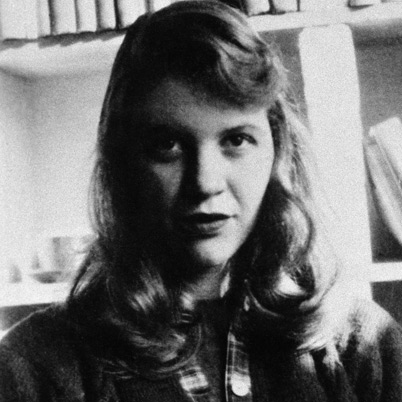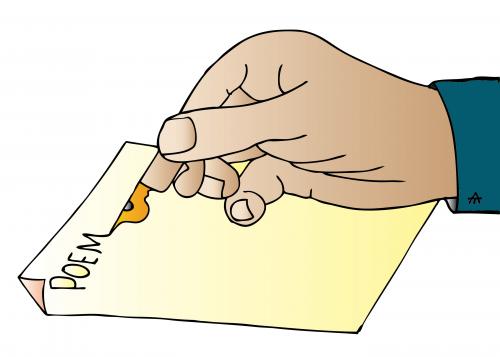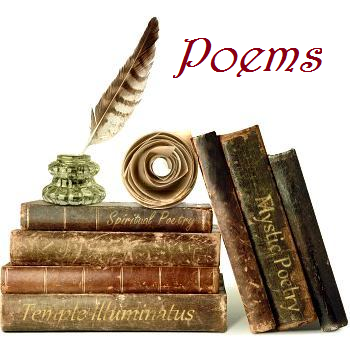The poem was published posthumously in the anthology Winter Trees in 1971. However, according to Ted Hughes this particular poem was meant to be published in the anthology Ariel. After all it was dated by Plath as 29th October 1962. As with other poems this one too celebrates the many layers of meanings present in the text. Thus it has many themes.
One of the most prominent being the communication of servitude of women, while the purdah being the means of perpetuating the servitude. However, the theme of fighting back is also there since after the eleventh stanza, the purdah clad woman turns into the lioness. The tone, initially matching the theme is that of conveyance of helplessness which with the progress of the poem turns into anger and hope.
It is usually believed that the poem was inspired by a jade figurine of a woman. Perhaps referring to the figure of a woman sitting cross legged with a smile on her face on a costly stone trying to understand her own perspectives of representations, she tries to understand the impressionistic impressions work on an artefact. Reflecting after the lunar characteristics the poetess reflects upon the veiling qualities of the same. In the lunar luminance the poet compares herself with a mirror. The arrival of the husband confirms the restrictive senses of the veil itself. The purdah clad woman is turned into an object comparable with the pets. Next come the stage of the gradual decking up of the object so that it becomes appearance wise perfect. Yet at the end of the poem there is a resurrectional rise of the marginalized object into a fierce animal of wrath.
The title of the poem is reflected, just like the mirror with which Plath compares herself with, (thus exemplifying the self-reflexive nature of post-modern poetry) in the numerous words like – ‘little nets’, ‘hide’, ‘silk screens’, ‘veil’, ‘curtain’, ‘sheath’ etc. reflecting the theme the words like ‘jade’, ‘polishes’, ‘mirror’ (when used in the sense of a device to be used for make up as it is used here), ‘doll’ etc. tell about, using associative connections, the tale of patriarchal domination by the tools of objectifications and stereotyping. The names of the caged animals also bring into relief the chaining and caging of the spirit of the women. The oriental atmosphere is well built with words like – ‘purdah’, ‘cross legged’, ‘attendants’, ‘chandelier’, ‘crystals’, ’bath’. In fact the system of purdah itself is a very oriental concept, however, the concept might be alien to the western culture but the outcome seldom was.
Keeping up the habit of using Biblical allusions ‘Adam’ itself suggests the presence of yet another patriarchal dominative marker. After all it is said in the Bible that Eve came out of the ribs of Adam (reversing the whole reproductive mechanism!). Talking about allusions, ‘The cloak of holes’ refers to the murder of Agamemnon by Clytemnestra. Allusions will include the mockery of the toilette scene of Bellinda in Rape of the Lock. The image parodies the stereotypification of women by authors. Describing her husband (also the bridegroom) with the metaphor of the ‘lord of the mirrors!, she confirms her feminist views. While the trees have been compared with polyps and the moon light with cancerous pallors, she compares herself with a mirror.
This reading of ‘Purdah’ is made in the wake of Veronica Forrest-Thomson’s sense of its ‘poetic artifice’ and self-consciousness about the constructed nature of representation. It is also indebted to critics such as Alan Sinfield and Marjorie Perloff, who draw our attention to the poem’s plotting of female identity and its exploration of sexual politics within violent and oppressive male power structures. With the trope of the veil at the heart of its narrative, ‘Purdah’ is a ceremonial initiation into Plath’s theatre of ambivalence about display and concealment, and for this reason provides a useful focus for the intellectual and aesthetic concerns of this book.
About: Sylvia Plath was an American poet, novelist, and short story writer. Born in Boston, she studied at Smith College and Newnham College at the University of Cambridge before receiving acclaim as a poet and writer. She was married to fellow poet Ted Hughes from 1956 until they separated in September 1962. They lived together in the United States and then England and had two children, Frieda and Nicholas. Plath was clinically depressed for most of her adult life. She died by suicide in 1963.
Plath is credited with advancing the genre of confessional poetry and is best known for her two published collections, The Colossus and Other Poems, and Ariel. She also wrote The Bell Jar, a semi-autobiographical novel published shortly before her death. In 1982, she won a posthumous Pulitzer Prize for The Collected Poems.
Some online learning platforms provide certifications, while others are designed to simply grow your skills in your personal and professional life. Including Masterclass and Coursera, here are our recommendations for the best online learning platforms you can sign up for today.
The 7 Best Online Learning Platforms of 2022
- Best Overall: Coursera
- Best for Niche Topics: Udemy
- Best for Creative Fields: Skillshare
- Best for Celebrity Lessons: MasterClass
- Best for STEM: EdX
- Best for Career Building: Udacity
- Best for Data Learning: Pluralsight
